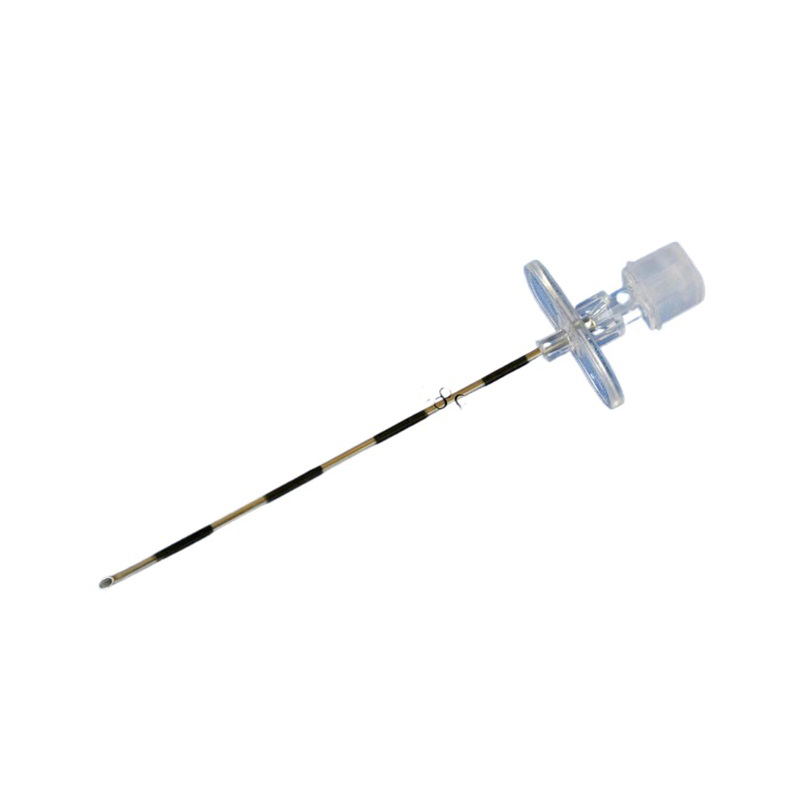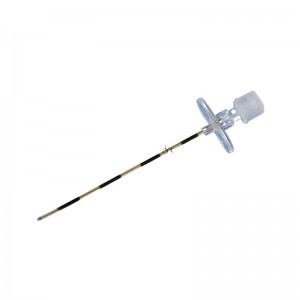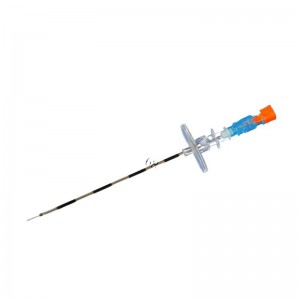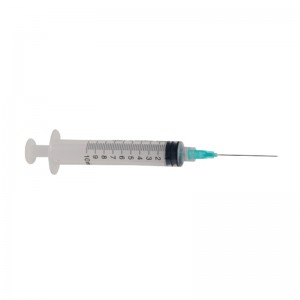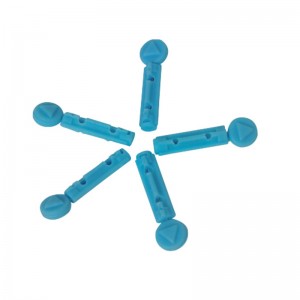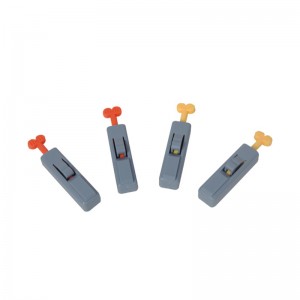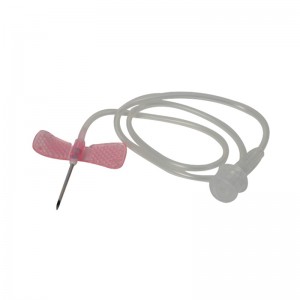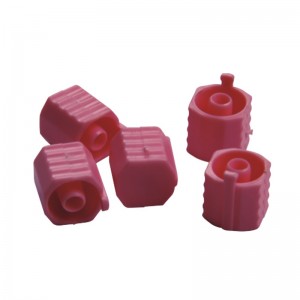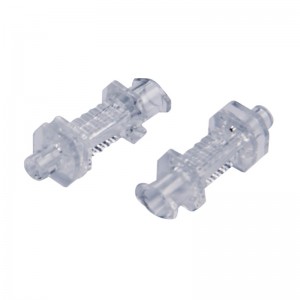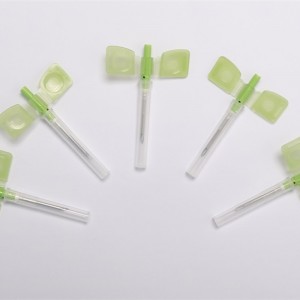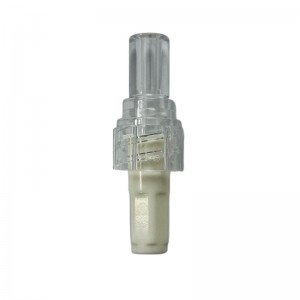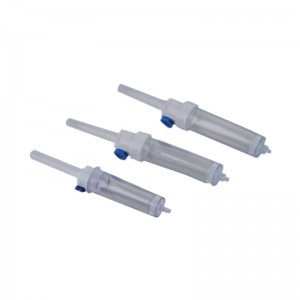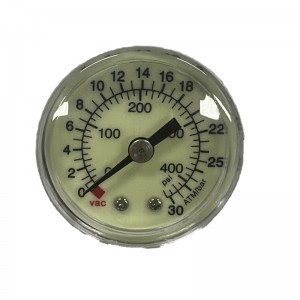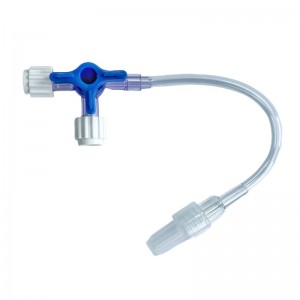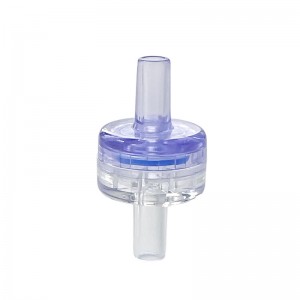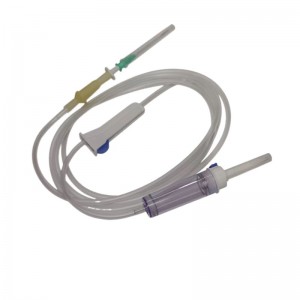Needle and Hub Components for Medical Use
When discussing needle and hub components, we are typically referring to hypodermic needles used in medical and healthcare settings. Here are the main components of a hypodermic needle and hub:Needle hub: The hub is the part of the needle where the shaft of the needle is attached. It is typically made of medical-grade plastic or metal and provides a secure and stable connection to various medical devices, such as syringes, IV tubing, or blood collection systems.Needle shaft: The shaft is the cylindrical portion of the needle that extends from the hub and is inserted into the patient's body. It is typically made of stainless steel and is available in various lengths and gauges depending on the intended use. The shaft may be coated with special materials, such as silicone or PTFE, to reduce friction and improve patient comfort during insertion.Bevel or tip: The bevel or tip is the sharpened or tapered end of the needle shaft. It allows for smooth and precise penetration into the patient's skin or tissue. The bevel can be short or long, depending on the intended purpose of the needle. Some needles may also have a safety feature, such as a retractable or protective cap, to minimize the risk of accidental needlestick injuries.Luer lock or slip connector: The connector on the hub is where the needle attaches to various medical devices. There are two main types of connectors: Luer lock and slip. Luer lock connectors have a threaded mechanism that provides a secure and leak-free connection. Slip connectors, on the other hand, have a smooth cone-shaped interface and require a twisting motion to attach or detach from a device.Safety features: Many modern needle and hub components come with built-in safety features to help prevent needlestick injuries. These features may include retractable needles or safety shields that automatically cover the needle after use. These safety features are designed to reduce the risk of accidental needlestick injuries and enhance healthcare worker and patient safety.It's important to note that specific needle and hub components can vary depending on the intended application and manufacturer. Different medical procedures and settings may require different types of needles, and healthcare providers will select the appropriate components based on the specific needs of the patient and procedure.

